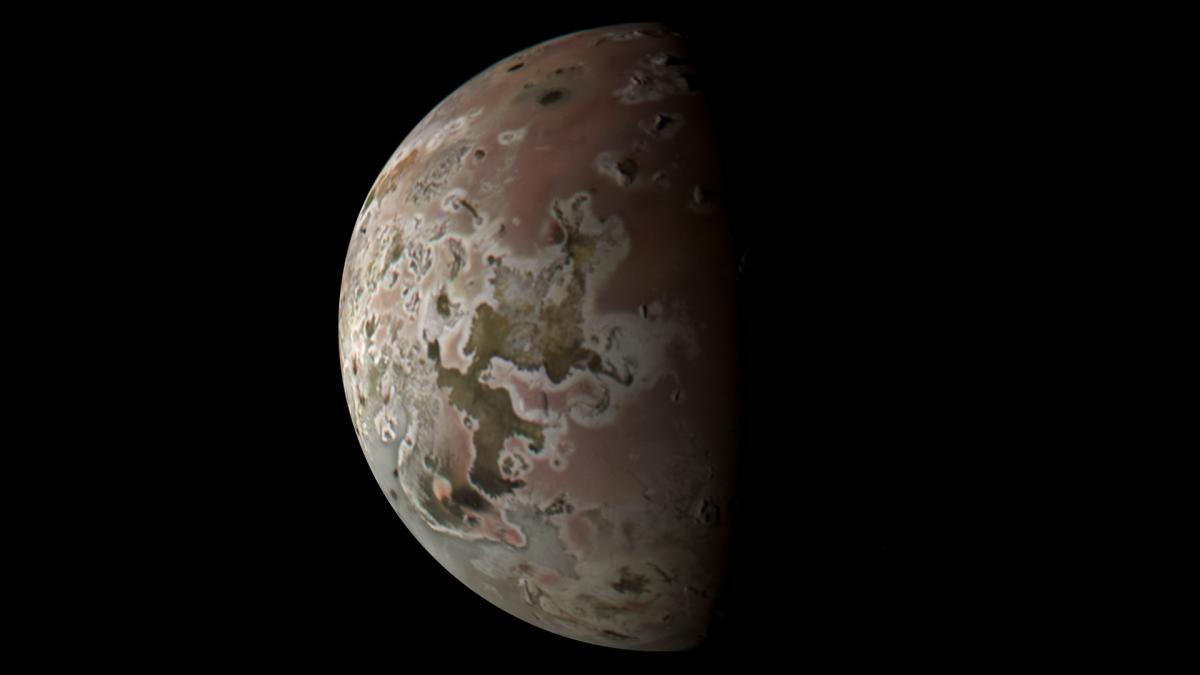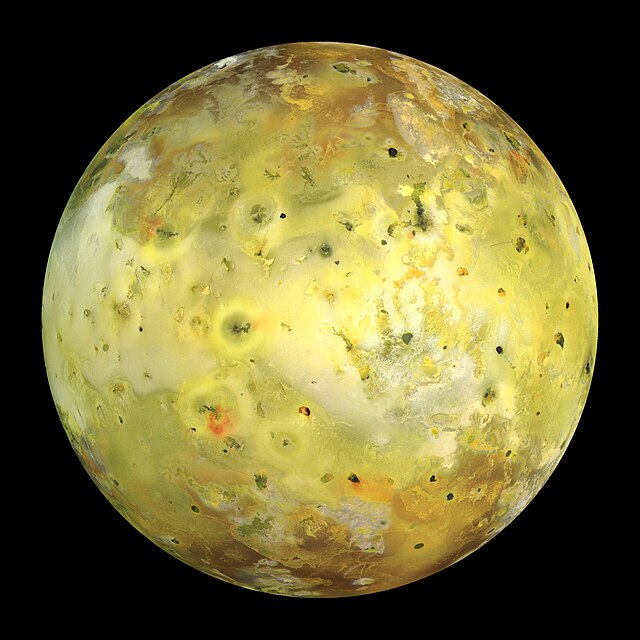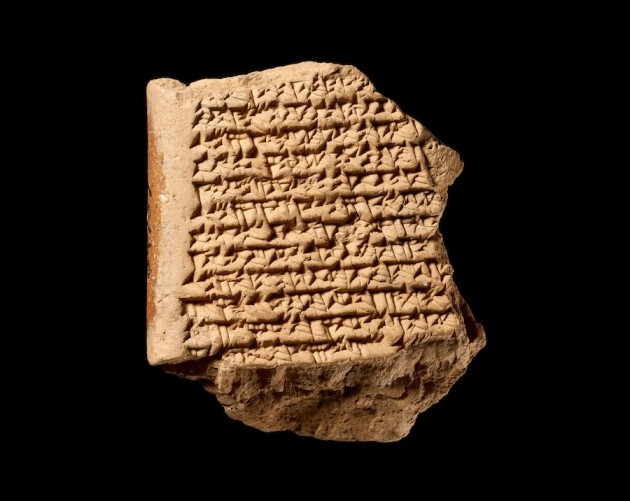
Stunning Jupiter’s Volcanic Moon Io
NASA’s Juno spacecraft captured high-quality photographs of Jupiter’s volcanic moon Io during a close flyby. The spacecraft, which has been examining Jupiter and its surrounds since 2016, flew within 930 miles of Io’s surface, the closest since NASA’s Galileo in 2001. Stunning JunoCam Images Reveal Jupiter’s Moon Io: A Volcanic Wonder in Red and Gray…








